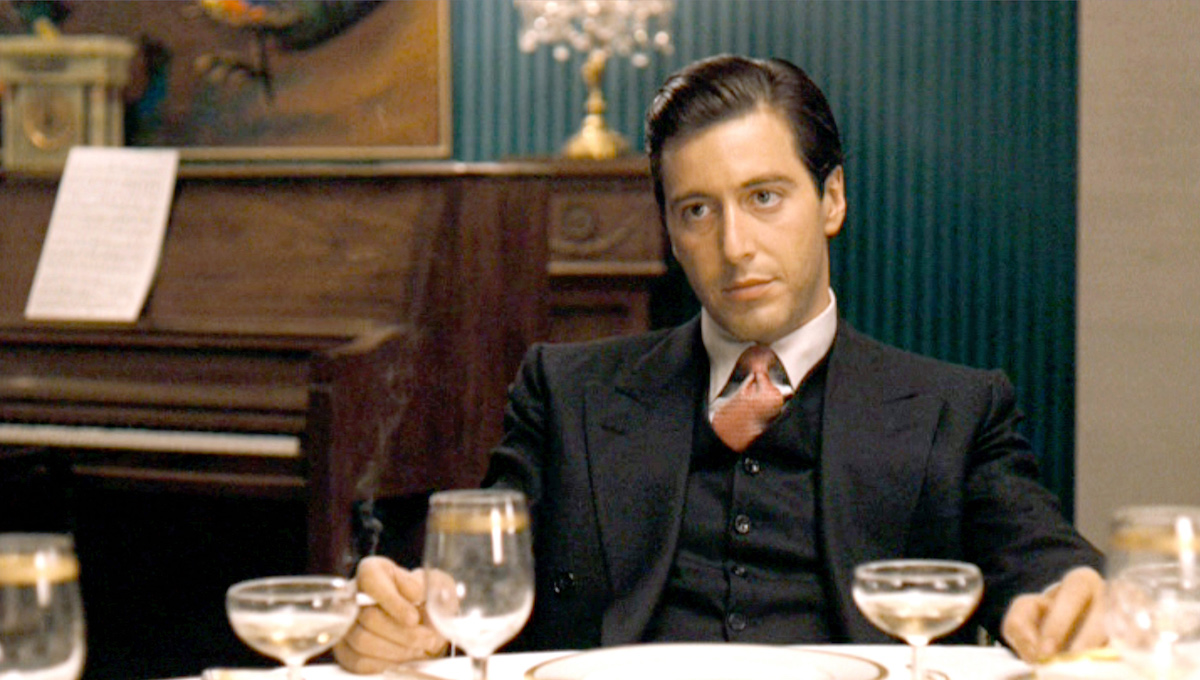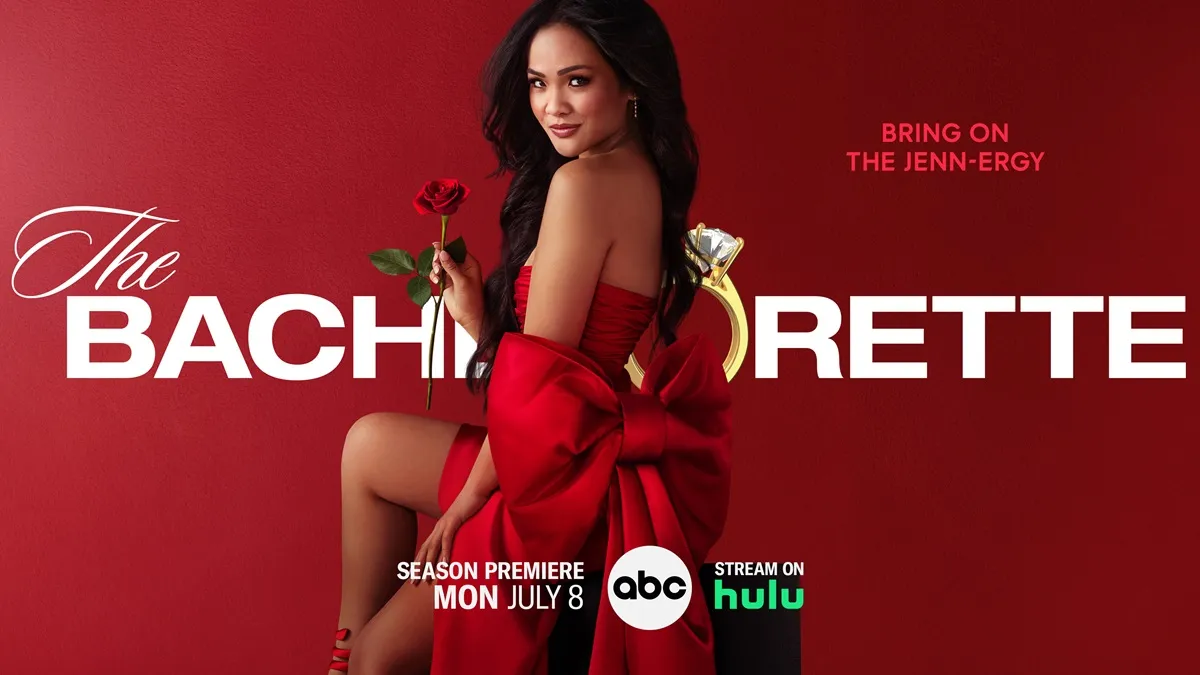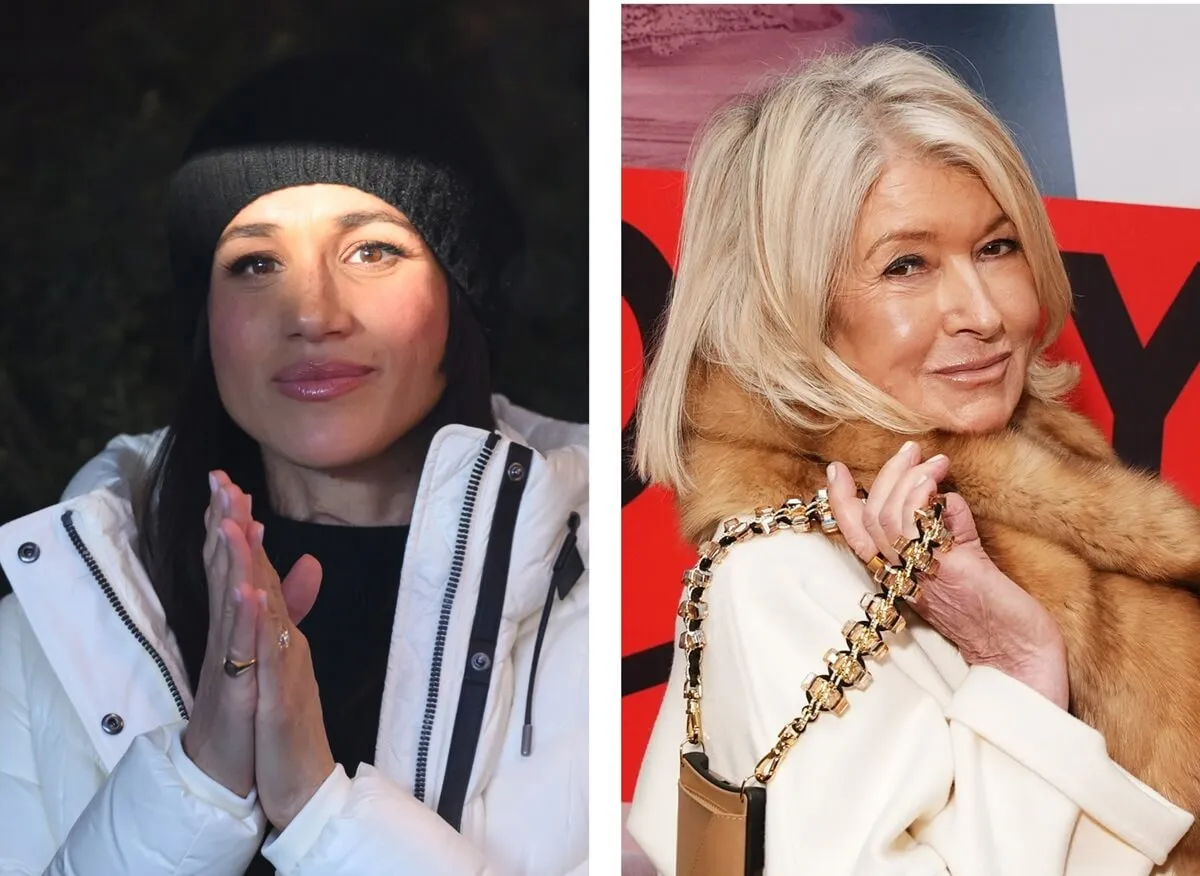Al Pacino Saved ‘The Godfather’ By Not Making Corleone a Cliched Gangster
It might seem hard to believe The Godfather tried hard to fight off gangster clichés when it seemed to set most of the ones that followed in movies and TV. Well, the movie itself can never take credit since a large part of it goes to its star actor: Al Pacino.
Most reports say Pacino worked hard to ensure that his role of Michael Corleone would set a new standard for movies about mafia figures. No one should forget gangster movies did exist before The Godfather, despite so many thinking latter nearly invented the genre.
Most gangster movies prior had the characters being depicted as over-the-top, something Pacino could see needed revision in a new era of film.
Were gangsters portrayed as caricatures before ‘The Godfather’?
Film buffs have to go back literally 90 years to see the beginnings of gangster movies from the big screen. Some of the earliest had legendary actors like Edward G. Robinson, George Raft, and James Cagney cutting their teeth in gritty crime dramas. Cagney and Robinson, in particular, eventually moved on to lighter types of roles, if setting a decades-long standard for movie gangsters.
They sometimes had to portray those characters with broad gestures, mostly because it was necessary for movies in those days. Since talkies were a new medium, making gangsters look like flamboyant villains sold more tickets from audiences seeking entertainment during the Great Depression.
Besides, with various stories of real gangsters being turned into near folklore, everyone was curious to see them depicted in movies. In some cases, it was right on the money.
In other cases, stories of the mafia were turned into caricatures. Reality was likely a different story in how sedate some of America’s most notorious gangsters were in private.
What did Al Pacino do with his Michael Corleone character?
As celebrated as Pacino’s performance as Michael Corleone is today, his approach was an all-new one for the early 1970s. At the time when The Godfather was filming, most gangster portrayals had been maintained in stone since the ’30s.
Pacino reportedly wanted to avoid this path. He wanted to make Michael more understated, something Paramount was against. They wanted another clichéd gangster depiction, not including worrying about Pacino being too physically short.

According to Pacino himself in a Washington Post interview back in 2016, Paramount almost fired him for wanting to act his own way. Not until seeing his performance afterward did they realize they were wrong. Said Pacino: “I was trying to create a character who you don’t know where you’re at with him. I knew it was a tough part to pull off. Michael’s so insular, so private.”
Having the film underway in 1971-72 was all due to a confluence of events taking place in film then. Things were changing, and audiences were more interested in seeing characters being depicted as real rather than exaggerated.
Did Al Pacino’s performance set the bar for all future mafia movies?
One can only see with their own eyes how much The Godfather movies set the bar for the future of movies about gangsters post-early ’70s. One of the greatest examples of an understated mafia figure for television was Tony Soprano (James Gandolfini). While he had his violent moments, a good majority of his scenes were in the Michael Corleone mold of having to look inward to understand his thoughts.
Interestingly enough, The Godfather did not influence everyone. Martin Scorsese had his own brand of gangster portrayal that still adhered to the crazy side at times, including more violent outbursts. Only in his recent The Irishman did he go more into Michael Corleone mold.
Otherwise, Al Pacino set a major acting standard still celebrated today. Whether more mafia movies are made is another thing in a time when there might be nothing left to say (quietly).


